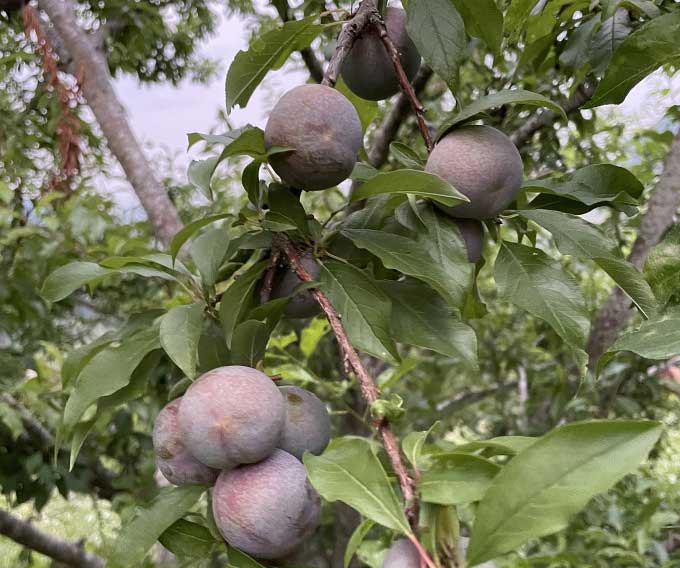Plums are rich in antioxidants, fiber, and have a low glycemic index, providing numerous health benefits for individuals with diabetes.
Plums have a sweet, slightly sour taste, and are juicy with a thin skin, covered by a thin layer of white powder. In Vietnam, Ha Bac plums are primarily grown in the northern provinces, hence they are referred to as Northern plums. Ha Bac plums are in season around March and peak from late May to early June.
The vitamin C in plums helps individuals with diabetes boost their immune system. Most types of plums are rich in antioxidants, including vitamin C and beta-carotene (a precursor to vitamin A).
Specifically, red and purple plums like Ha Bac contain additional antioxidants such as anthocyanins and phytochemicals. These antioxidants and nutrients contribute to managing symptoms of type 2 diabetes. Antioxidants also help protect the body against cell and tissue damage that can lead to diabetes, Alzheimer’s, Parkinson’s, and cancer.
Plums are high in fiber and low in sugar. One cup of sliced plums (100 g) can meet about 8% of the body’s fiber needs, slowing digestion and preventing blood sugar spikes.

Ha Bac plums in harvest season from April to June. (Photo: Anh Chi).
This fruit is also rich in prebiotics – plant fibers that nourish good bacteria in the gut. A stable and balanced gut plays a crucial role in preventing and improving diabetes. Regularly eating plums can stimulate the body to produce adiponectin, a hormone that helps regulate blood sugar levels.
100g of plums contains about 16 g of sugar, placing them in the low glycemic index category, thus not increasing blood sugar levels. The potassium in plums also aids in controlling blood pressure by eliminating sodium when the patient urinates, reducing stress on blood vessel walls, and limiting the risk of complications from diabetes.
Stress is one of the factors that cause fluctuations in blood sugar levels. Meanwhile, individuals who consume plums can reduce anxiety, helping to maintain stable blood sugar levels thanks to antioxidants. The phytochemicals and nutrients in plums reduce inflammation, a common condition in people with diabetes.
Diabetics should consider adding plums to their diet. In addition to their benefits for blood sugar, plums can help reduce bone loss, contributing to bone preservation. The sorbitol in the sugar also has a natural laxative effect.
You can eat plums directly or incorporate them into dishes like salads. Cut the plums into small pieces, remove the pits, and make a salad with other fruits. Yogurt, smoothies, or plum juice also offer numerous benefits.
Note not to consume plums with excessive salt or sugar, as they can affect blood sugar and blood pressure.



















































